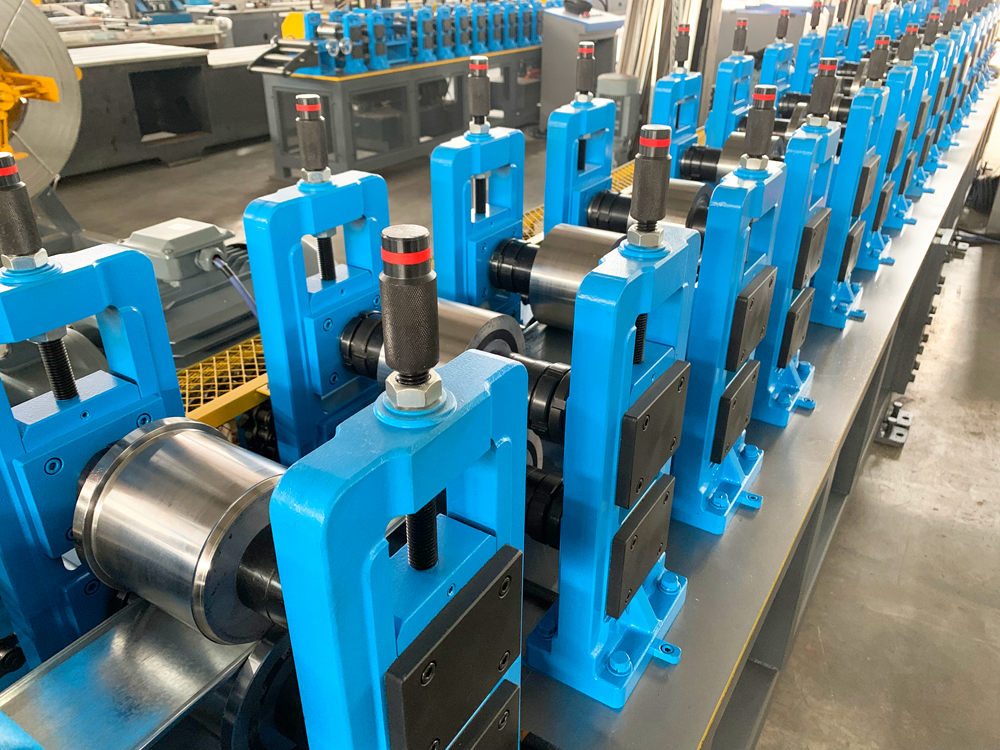High-speed slitting lines are advanced manufacturing systems designed for precision slitting of various materials, primarily metal coils. These lines consist of a series of interconnected machines that work together seamlessly to produce narrow rolls of material from wide parent coils. The increasing demand for high-quality slitting solutions in industries such as automotive, construction, and consumer goods has driven the development of high-speed slitting technology.
Automation plays a pivotal role in high-speed slitting lines. Advanced control systems and sensors monitor every stage of the slitting process, ensuring optimal performance and minimal downtime. Automatic coil loading and unloading systems further streamline operations, allowing for continuous production cycles. Additionally, system integration with inventory management tools helps in real-time tracking of materials, which is essential for maintaining production schedules and minimizing inventory costs.

Another critical aspect of high-speed slitting lines is the quality control measures in place to maintain the integrity of the material. Advanced measuring and inspection systems can detect any deviations in thickness, width, or surface quality, enabling operators to make necessary adjustments on the fly. This focus on quality not only enhances the end product but also reduces scrap and rework, which can be costly for manufacturers.
The energy efficiency of modern high-speed slitting lines is also noteworthy. Manufacturers are increasingly adopting eco-friendly technologies that reduce energy consumption and carbon footprints. This not only aligns with global sustainability efforts but also translates into cost savings for companies.
In conclusion, high-speed slitting lines represent a significant advancement in manufacturing technology, offering increased efficiency, precision, and quality control. As industries continue to evolve and demands increase, the development of these high-speed systems will play a crucial role in meeting market needs while upholding sustainability practices. The future of manufacturing will undoubtedly rely on these innovative solutions to stay competitive in a rapidly changing economic landscape.